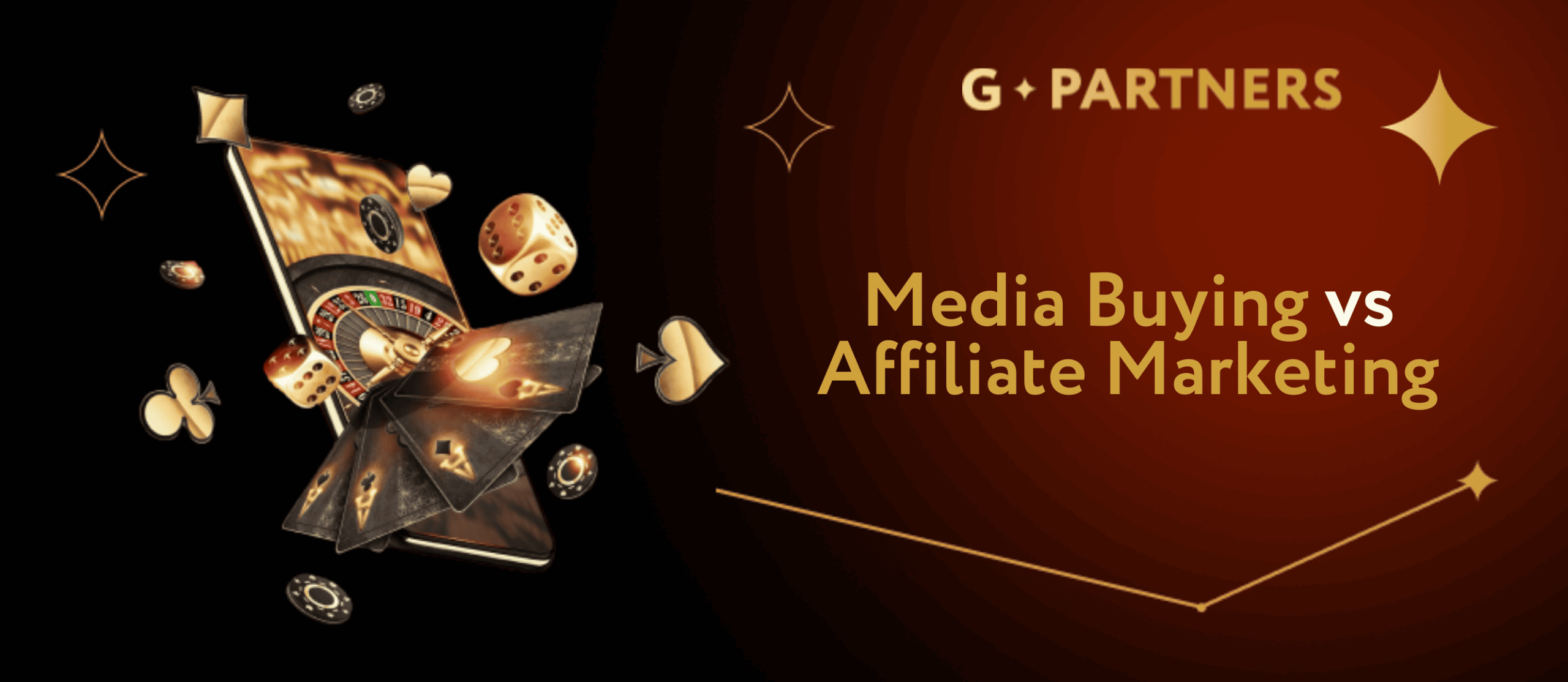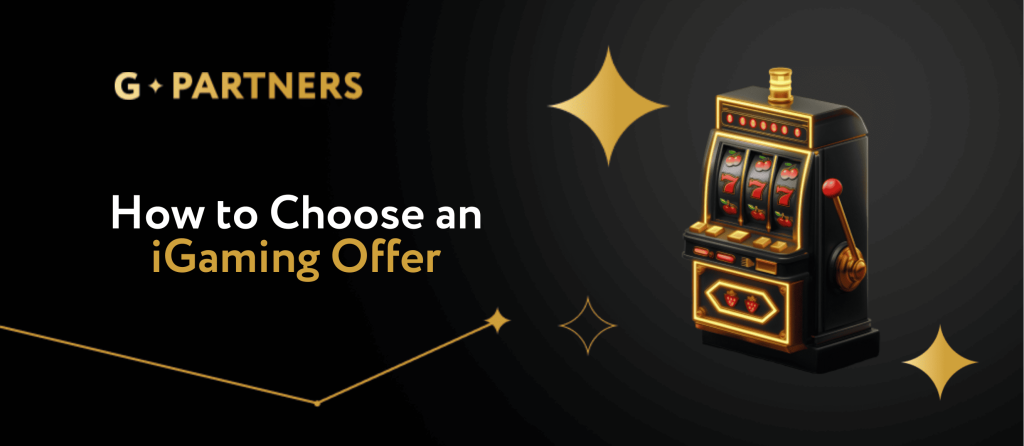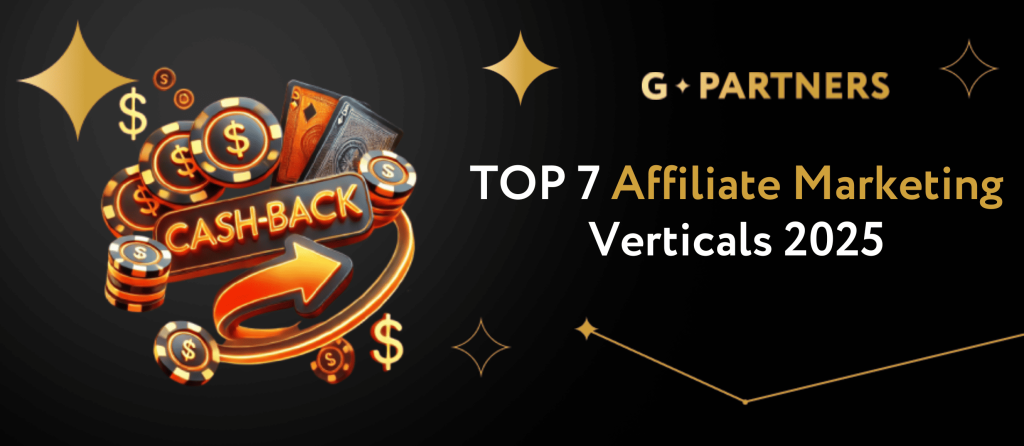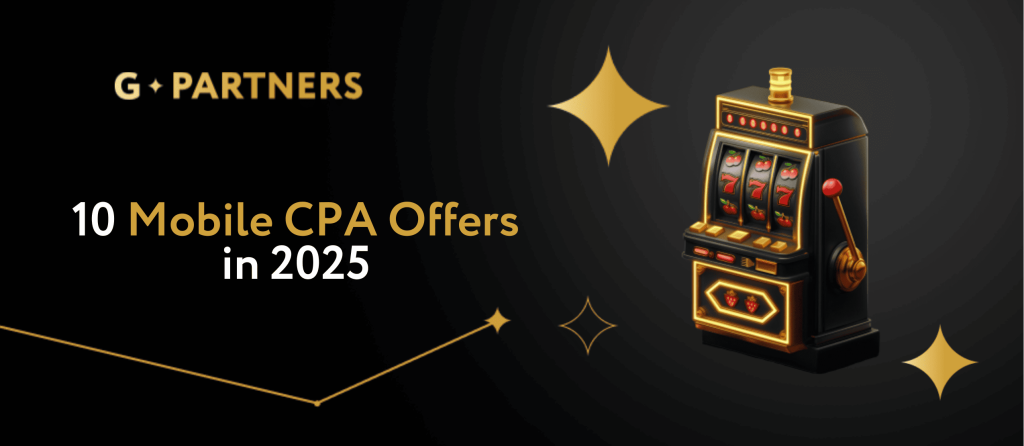
Digital marketing is replete with industry jargon, and certain terms are frequently conflated. Media buying and affiliate marketing are often grouped together; however, their operational frameworks are distinctly different. Media buying? You pay upfront – clicks, impressions, placements. Affiliate marketing? You don’t pay a dime until the user actually does something that matters.
That single detail flips the whole game. Media buyers carry the weight – budgets, creatives, placements, risk. Affiliates live in a performance-first world, where offers, tracking, and conversions call the shots.
Why should you even care? Because sooner or later, every freelancer, startup founder, or curious beginner runs into the same dilemma: should I burn my own budget on ads, or join an affiliate program and get paid per action? The answer shapes your wallet, your growth speed, and your freedom.
So if you wonder what is media buying in affiliate marketing, you’re exactly who this guide is written for.
What is Media Buying?
At its core, media buying is simple: you pay to get your ad in front of people. That might be on Google, TikTok, a niche blog, or inside someone’s favorite app. Half numbers, half instinct – the whole idea is to place the right message in the right spot at the right time.
If you are interested in media buying 101, this is what you’d find. You pick where to buy, set your targeting, launch the ad. Then comes the grind: testing, tweaking, watching the numbers. Still, beginners often wonder: how does media buying work once you’re actually running campaigns? In short, you put money on the table first, track results, and keep adjusting until the math finally turns in your favor.
Affiliate marketing plays by different rules – you only earn when actions happen. Media buying, on the other hand, demands upfront spend and constant optimization. That’s why understanding the media buying meaning is key for anyone who wants hands-on control of their traffic.
Key features of media buying
- Upfront costs – you put money on the table before results roll in (CPM, CPC, etc.).
- Full control – targeting, bids, placements, creatives, all on your shoulders.
- Higher risk, higher reward – miss the mark and the budget’s gone; hit it right and scaling is fast.
- Data-driven decisions – CTR, conversions, ROI – numbers decide whether you win or lose.
- Channel flexibility – from Google and TikTok to native ads and push, you choose the battlefield.
Benefits of Media Buying
- Scalability – if a campaign works, you don’t just sit on it. You pump more money in and watch it grow.
- Creative control – no middleman telling you what to run. The copy, the visuals, the testing cycles – all yours.
- Data in your hands – instead of waiting for affiliate stats, you see what’s happening in real time and can tweak on the fly.
- Reach across channels – one week it’s TikTok, the next it’s native or push. You choose where to play.
- Brand impact – while affiliates chase pure performance, media buyers can also shape how a brand is seen in the long run.
Join the Leading Global Affiliate Network in iGaming
Unlock your potential with G ✦ Partners, a global affiliate network with deep expertise in the iGaming niche. Partner with us and access a world of opportunities to maximize your earnings.
Media buying definition usually sounds dry in textbooks – “the process of purchasing advertising space.” But in practice it’s a lot more dynamic. In short, it’s not just about clicks or impressions. Media buying teaches you the mechanics of advertising itself – how traffic flows, how audiences react, and how money turns into momentum. Knowledge like that doesn’t disappear; you can carry it into almost any marketing game.
Challenges in Media Buying
Of course, media buying isn’t all sunshine. The same things that make it powerful also make it risky.
| Challenge 🌟 | Description 📋 |
|---|---|
| 💸 High upfront costs | You spend money first, sometimes a lot, and only later find out if it pays back. |
| 📚 Steep learning curve | One wrong bid or poorly tested creative can drain a budget in hours. |
| 🔄 Constant change | Ad platforms tweak algorithms, targeting rules shift, and what worked last month might flop today. |
| ⚔️ Competition | You’re not the only one chasing attention. Big agencies with deep pockets can easily outbid smaller players. |
| ⏳ Time pressure | Optimization isn’t optional; you need to monitor, test, and adjust campaigns daily. |
In practice, media buying feels a bit like trading. Wins are exciting, losses sting, and the game never really stops. For some, that challenge is the thrill. For others, it’s the reason they look for alternatives like affiliate marketing.
What is Affiliate Marketing?
Affiliate marketing turns the ad game upside down. Instead of spending money first and praying for results, you only get paid when those results actually land – a deposit, a sale, a lead. No action, no payout. For affiliates, that means less risk and a cleaner focus: bring value, and you’ll earn.
Here it works through offers. A brand, for example, like online casino or sportsbook sets the rules: CPA, RevShare, or a hybrid. You, as the affiliate, promote it through your channels. Maybe it’s a blog. Maybe TikTok. Maybe a clever Telegram funnel. The key is simple: send quality traffic, watch the conversions roll in.
How it stands apart from media buying:
- You don’t need a war chest of cash to start.
- If the brand’s campaign bombs, it’s their budget, not yours.
- Platforms handle the tracking and reports, so you know what’s working.
- Scaling isn’t always about money – sometimes better creatives or smarter targeting are enough.
Affiliate marketing is pure performance. It rewards creativity, hustle, and community, not just deep pockets. That’s why it’s often the first stop for bloggers, freelancers, and marketers who want to monetize traffic without carrying the full weight of ad spend.
Benefits of Affiliate Marketing
So why do so many beginners – and even seasoned marketers – start with affiliate programs? The perks are hard to ignore.
- Low barrier to entry – you don’t need to drop thousands on ad spend just to test the waters.
- Reduced financial risk – no results, no payout. That’s on the brand, not on you.
- Ready-made tools – tracking, promo materials, reporting dashboards – usually all provided by the affiliate network.
- Room to scale – you can grow with content, community, SEO, paid traffic, or all of the above.
- Flexibility – work solo, run side projects, or build an entire business around it.
For many, affiliate marketing feels like the safer playground. You get to experiment, learn the ropes, and build income streams without gambling huge sums on ads. And the fastest way to do it is through a trusted platform. That’s where G.Partners comes in: one registration opens access to top-tier offers, transparent conditions, and personal manager support. If you’re serious about turning traffic into profit, this is the place to start.
Challenges in Affiliate Marketing
Affiliate marketing sounds easy on paper, but the reality has its own hurdles.
- Dependence on offers – if a program shuts down or changes terms overnight, your income can drop instantly.
- Traffic quality pressure – networks don’t pay for junk clicks; they expect real, converting users.
- Payout delays – some advertisers stretch payment terms, which makes cashflow tricky.
- Competition – thousands of affiliates may push the same brand, so standing out isn’t always simple.
- Constant updates – compliance rules, creatives, and traffic sources change fast.
For beginners, these challenges can feel overwhelming. But the truth is: most of them aren’t deal-breakers if you pick the right partner. That’s why many affiliates choose G.Partners. The platform gives stable offers, clear payment schedules, and manager support that helps you avoid rookie mistakes. One registration – and half of these headaches are already off your plate.
Key Differences Between Media Buying and Affiliate Marketing
At first glance, both models chase the same prize – traffic that converts. But the way they get there? Completely different. Media buying is closer to trading: you invest first and hope your campaign pays back. Affiliate marketing flips it – you don’t spend a cent until results show up.
Here’s how they stack up when placed side by side:
| Aspect 🌟 | Media Buying 📈 | Affiliate Marketing 📝 |
|---|---|---|
| Definition | Buying ad space directly – Google, TikTok, native, you name it – with money on the line from day one. | Promoting an advertiser’s offer and earning only when the user takes action: signs up, deposits, buys. |
| Risk | High. Budgets can vanish fast if targeting or creatives miss. | Lower. If users don’t convert, you don’t lose cash. |
| Control | You call the shots – bids, placements, testing cycles. | The advertiser sets the terms; you work within their rules. |
| Investment | Needs capital upfront to launch campaigns. | Can start lean, often with content or small-scale traffic. |
| Scalability | Scale = pour in more ad spend and optimize. | Scale = add more channels, build audience, grow community. |
| Focus | Efficiency of buying traffic and squeezing ROI. | Performance-driven: quality leads, stable conversions. |
| Learning Curve | Steep. Analytics, budgets, testing, nonstop. | Gentler. Creativity and persistence go a long way. |
In short: media buying gives you speed and control, but with risk attached. Affiliate marketing offers a softer entry, though less control. The “better” choice depends on whether you want to play the trader or the partner.
Is It Possible to Combine Both?
It doesn’t always have to be “either–or.” In fact, many marketers mix the two approaches. Some start with affiliate marketing to learn the ropes without risking heavy budgets. Later, once they’ve built confidence and cashflow, they add media buying to scale faster. Others flip it: they master paid ads first, then plug into affiliate offers to diversify income streams.
And this is exactly what is media buying in affiliate marketing – using paid ads not as a rival, but as a tool to amplify affiliate earnings.
The truth is, media buying affiliate marketing isn’t a battle. It’s more like two sides of the same coin. One gives you control and speed, the other offers stability and lower risk. Combining them can balance things out – quick wins from ads plus steady performance revenue from affiliate deals.
At the end of the day, the choice depends on your skills, budget, and tolerance for risk. Some thrive on the adrenaline of direct ad spend. Others prefer the long game of performance payouts. And a growing number of marketers? They simply use both, turning traffic into profit from every possible angle.
Join the Leading Global Affiliate Network in iGaming
Unleash your potential with G ✦ Partners, a leading global affiliate network specializing in the iGaming niche. Join us and open the door to endless opportunities to maximize your earnings.





